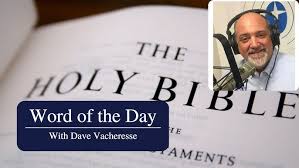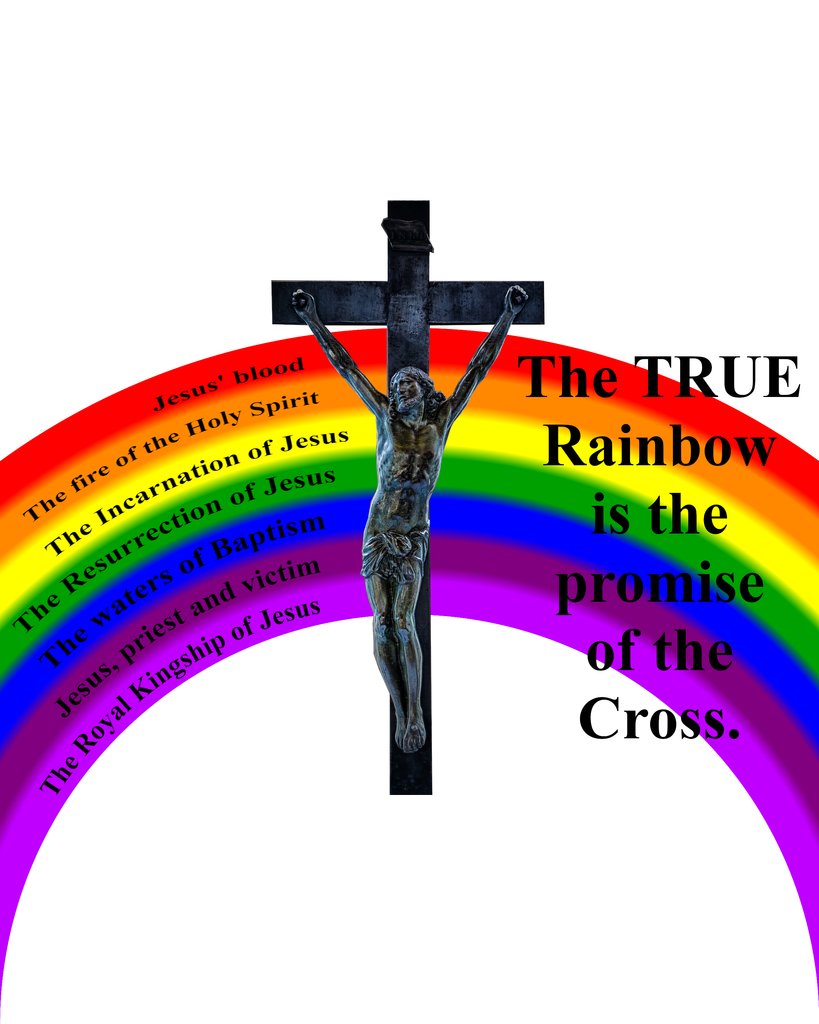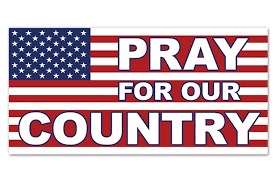Architectural Theology at the New St. Michael’s Church



The new church for St. Michael the Archangel parish makes use what is called the “New Classicism,” a movement in the renewal of traditional architecture which had its beginnings in the late 1980s and has flowered in secular buildings in recent years. Only very rarely has it been used for churches, and for that reason, St. Michael’s is blazing a trail for others to follow in today’s lively revival of traditional church design. Following on the parish’s initial request in designing the school as an architectural connection with Rome, design architect David Meleca began with the architecture of the Italian Renaissance for the design of the church.
However, he made use of the local materials and today’s liturgical trends to make a building which is rooted in the history of the Church but is very much a building of its day. The front facade of the building immediately recalls the church fronts of Rome, with its two story porch, triangular pediment on top, and scrolls called “volutes” on the side of the second level. Though its traditional elements are evident, St. Michael’s is fully a church of the post-Vatican II era. Its plan uses a Greek cross (where the two bars of the cross are equal in length) as its primary shape, allowing for seating on three sides of the sanctuary. In this way, each arm of the cross has a generous aisle for wedding and funeral processions while still giving the faithful a close view of the altar and ambo.
This new church will clearly “look like” a church both from within and without, yet takes advantage of the insights of the Second Vatican Council to advance the active participation of the faithful in the sacred liturgy. By doing so, the parish not only provides the local church with a beautiful and suitable place for its own public prayer, but proves to the world that today’s worship and its architecture can be solemn and beautiful while still advancing the goals of liturgical renewal.
Click here for an image of the church under construction.








